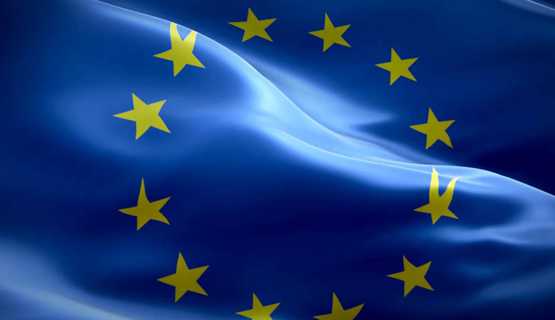About us
The European Integrated Center for the Development of New Metallic Alloys and Compounds has been recently created as a long lasting structure, and as the successor organization of the European Network of Excellence Complex Metallic Alloys, NoE CMA. Twenty one universities or national research institutes - covering 25 high level laboratories - and one SME, located in thirteen different European countries, are currently members of our integrated Center. The different partners are now working as if they were belonging to a single European institute, taking advantages of all the synergies and complementarities of skills within the network, and really shift their way of carrying out research from competition to collaboration.
There are 220 scientist involved in the European Integrated Center, with about 130 permanent researchers or professors, 50 PhD students and 40 post-docs.
The European Integrated Center provides a world leading cutting edge knowledge in material science and material science simulation of complex systems. In particular, the members published together more than 200 articles in high-rank journals, four books of the series Complex Metallic Alloys and a dedicated overview monography ‘Complex Metallic Alloys, Fundamentals and Applications’, Wiley-VCH, 2011. The European Integrated Center partners have access to world-level facilities for material science dedicated to materials preparation, single crystal growth, material modeling at High Performance Computing (HPC) centers, structural characterization by HRTEM, X-ray diffraction, NMR, synchrotron and neutron diffraction at European centers, surface studies, high- and low-temperature measurements of physical properties (mechanical, magnetic, thermoelectric). Demonstrator setups for possible applications are also developed.
Within the European Integrated Center the Research and Activity Domains (RAD) are the tools for a collaborative work at the European level bringing the know-how and the resources of partners to the synergy. Six RAD are concerned with research and three RAD deal with education, dissemination and gender mainstreaming.The research projects within the RAD are either knowledge-driven (basic science) or application-driven. All RAD develop an upfront basic research which is of prime importance even in view of the application oriented research projects. It is only if such a knowledge ‘reservoir’ is available that new route to innovation can eventually be conducted.

Mission Statement
Our central objective is to promote collaborative research in the field of metallic alloys and compounds at a European level, encompassing both basic science and applications; we also deliver higher education in the field of metallic alloys at an international level, in particular through the organization of a dedicated Euroschool, and we work to improve equality and diversity in materials science, committing to equal status and opportunities for all scientists in the Network.
The Organisation
The European Integrated Center is organized with two legal structures: the European Integrated Center consortium which is the decision making body and the European Integrated Center Network and Service Unit (NSU) under the Belgian non-profit organization status.
The European Integrated Center consortium has a management structure consisting of a governing board, which takes all strategic and important decisions, a science board, which give advices in particular on all scientific issues and an executive board for the day to day operation.
The current composition of the executive board is:
Chief Executive Officer: Julian Ledieu
Deputy CEO: Marc Armbrüster and Jean-Pierre Celis
Secretary General: Hem Raj Sharma.
Permanent invited members: Marc de Boissieu (former CEO), Juri Grin (former Deputy CEO and NSU Chairperson), Ronan McGrath (former SG) and Emilie Gaudry (RAD Euroschool).
The European Integrated Center NSU has a board of directors, all important decision being taken by the general assembly. The European Integrated Center NSU can provide, depending on the available budget, services such as administrative task, management of finances, networking, project preparation, innovation marketing…
The composition of the European Integrated Center NSU Board of director is:
Chairperson: Marc Armbrüster
Treasurer: Jean-Pierre Celis
Secretary General: Hem Raj Sharma.
Within the European Integrated Center, the Research and Activity Domains (RAD) are the tools for a collaborative work at the European level bringing the know-how and the resources of partners to the synergy. Six RAD are concerned with research and three RAD deal with education, dissemination and gender mainstreaming.The research projects within the RAD are either knowledge-driven (basic science) or application-driven. All RAD develop an upfront basic research which is of prime importance even in view of the application oriented research projects. It is only if such a knowledge ‘reservoir’ is available that new route to innovation can eventually be conducted.